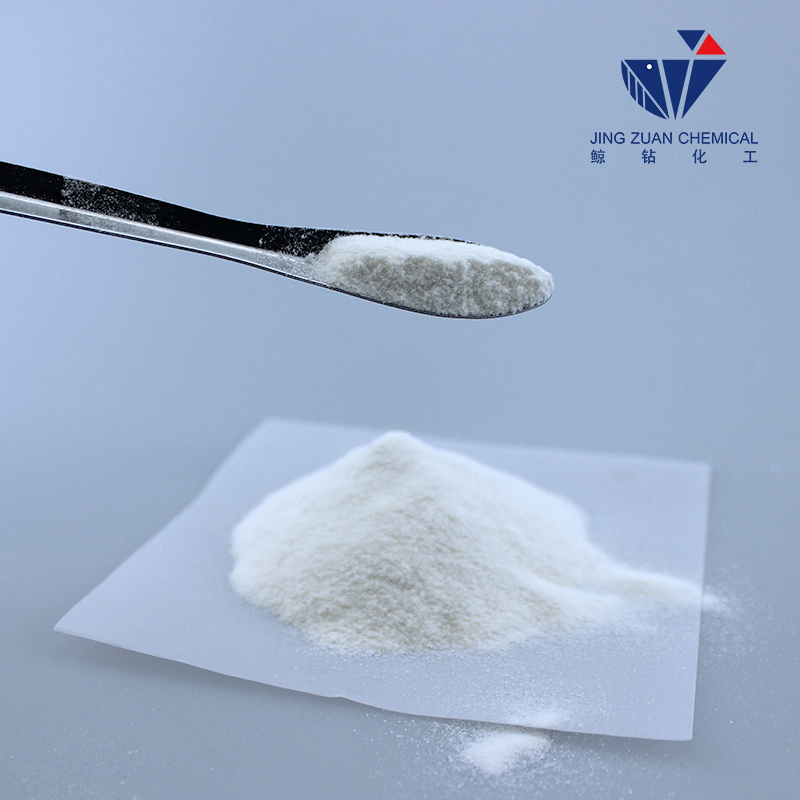
ຕ.ລ. . 22, 2024 03:42 Back to list
Exploring the Properties and Applications of Hydroxypropyl Methylcellulose in Various Industries
The Role of Hydroxypropyl Methylcellulose (HPMC) in Modern Industries
Hydroxypropyl Methylcellulose (HPMC) is a versatile cellulose ether that has gained significant importance across a myriad of industries, including construction, pharmaceuticals, food, and cosmetics. This non-ionic, water-soluble polymer is derived from cellulose, which is a natural polymer obtained from plant cell walls. The unique properties of HPMC make it a critical component in enhancing the performance and quality of various products.
Chemical Structure and Properties
HPMC is synthesized through the modification of cellulose, where hydroxypropyl and methyl groups are introduced into the cellulose chain. This modification results in increased solubility in cold water, enhanced film-forming capabilities, and improved adhesion properties. HPMC exhibits several beneficial characteristics, including thermal stability, chemical resistance, and non-toxicity. These properties make it suitable for applications that demand high performance under various conditions.
Applications in Construction
One of the significant applications of HPMC is in the construction industry. It is commonly used as a thickening agent in cementitious products such as mortars, plasters, and tile adhesives. When added to these materials, HPMC enhances their workability and water retention properties. The increased water retention allows for better adhesion and reduces the risk of cracking during drying. Moreover, HPMC imparts good rheological properties, allowing for a smoother application and increased open time, which is crucial for tile installations and other time-sensitive tasks.
Role in Pharmaceuticals
In the pharmaceutical industry, HPMC serves multiple functions, primarily as an excipient in drug formulations. Its ability to form gels makes it an excellent binder and film-coating agent. HPMC’s hydrophilic nature is utilized in controlled-release formulations, where it regulates the drug's release profile, ensuring a steady absorption rate in the body. Additionally, HPMC is compatible with a wide range of active pharmaceutical ingredients, making it a preferred choice for developing tablets and capsules.
cellulose ether hpmc

Contribution to Food Industry
HPMC's role in the food industry should not be overlooked. It is used as a food additive, primarily as a thickener, emulsifier, and stabilizer. It helps improve the texture of certain food products, such as salad dressings and sauces, by providing desirable viscosity and preventing separation of ingredients. Furthermore, due to its water-retaining properties, HPMC is often used in gluten-free products to enhance the texture and moisture content, making it a valuable ingredient in the production of baked goods.
Use in Cosmetics and Personal Care Products
In the realm of cosmetics, HPMC's thickening and film-forming properties are harnessed in a variety of products, including shampoos, conditioners, lotions, and creams. Its capacity to improve the viscosity and sensory attributes of cosmetic formulations makes it a vital component. HPMC also acts as a suspending agent, ensuring that particles remain evenly distributed throughout products, contributing to their overall effectiveness.
Environmental Considerations
As industries worldwide strive to adopt more environmentally friendly practices, HPMC stands out due to its biodegradability and non-toxic nature. It is made from renewable resources and does not contribute to environmental pollution. This aligns with the growing consumer demand for sustainable products across all sectors.
Conclusion
In conclusion, Hydroxypropyl Methylcellulose (HPMC) is a multifaceted cellulose ether that plays a crucial role in various industries, from construction to pharmaceuticals and food to cosmetics. Its unique properties contribute significantly to the performance of end products, making it an invaluable ingredient. As research continues and technology advances, the applications for HPMC are expected to expand further, cementing its importance in modern industry. As a sustainable and effective choice, HPMC is poised to remain a staple in formulations that require enhanced performance and quality characteristics.
-
Versatile Hpmc Uses in Different Industries
NewsJun.19,2025
-
Redispersible Powder's Role in Enhancing Durability of Construction Products
NewsJun.19,2025
-
Hydroxyethyl Cellulose Applications Driving Green Industrial Processes
NewsJun.19,2025
-
Exploring Different Redispersible Polymer Powder
NewsJun.19,2025
-
Choosing the Right Mortar Bonding Agent
NewsJun.19,2025
-
Applications and Significance of China Hpmc in Modern Industries
NewsJun.19,2025







